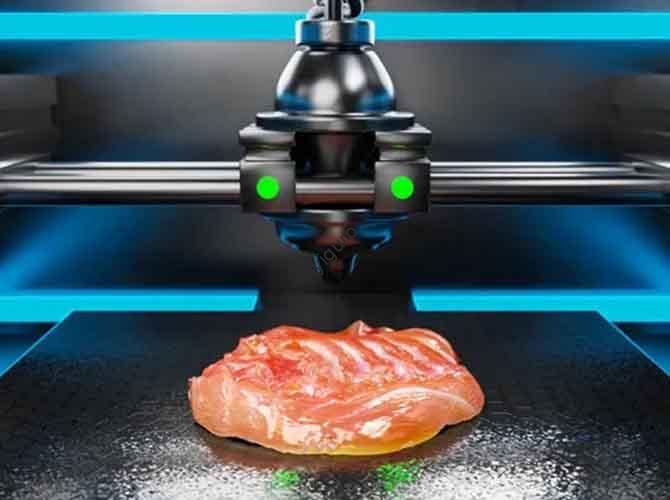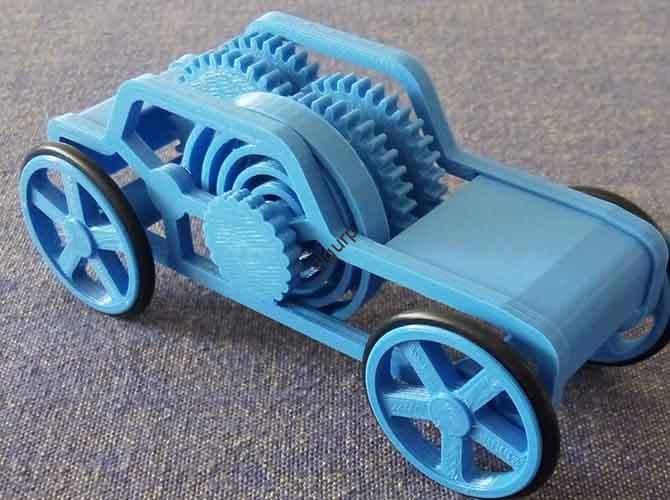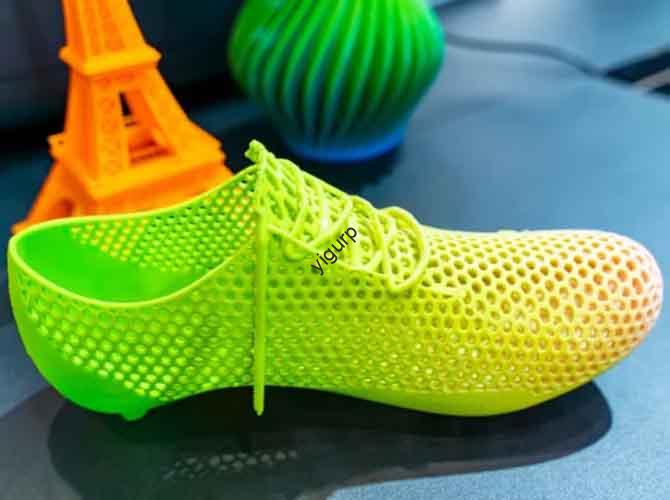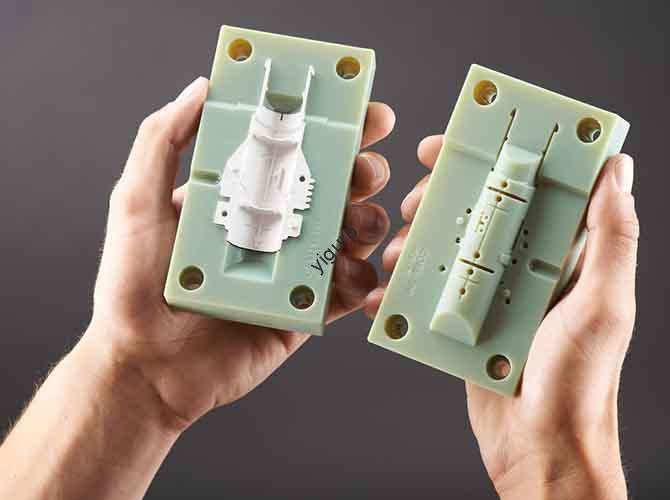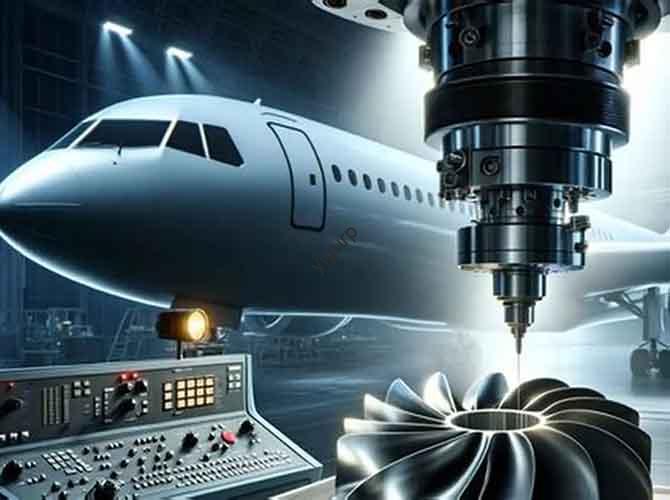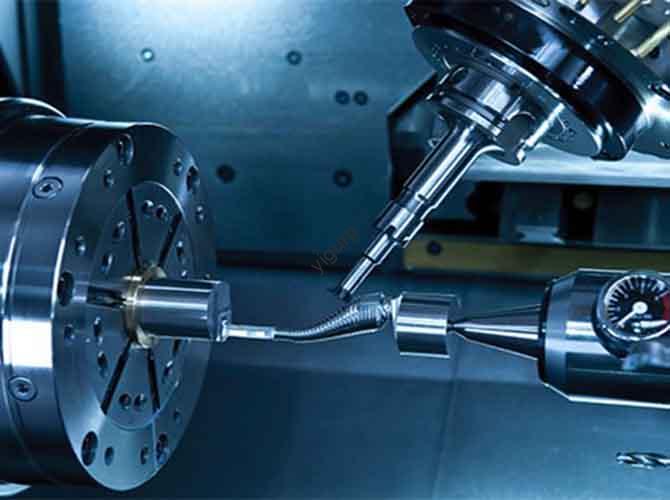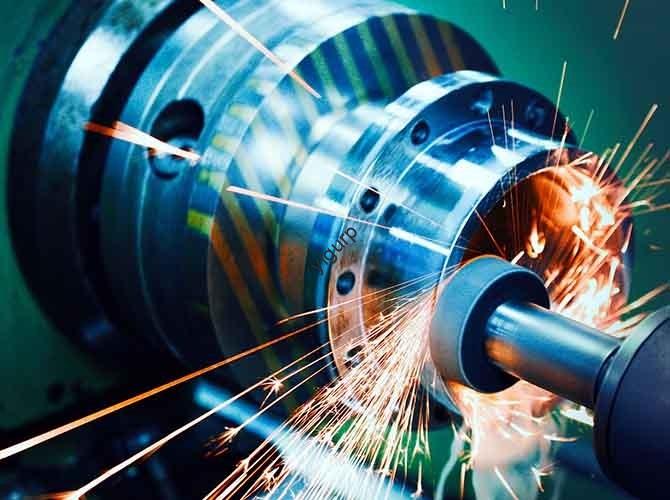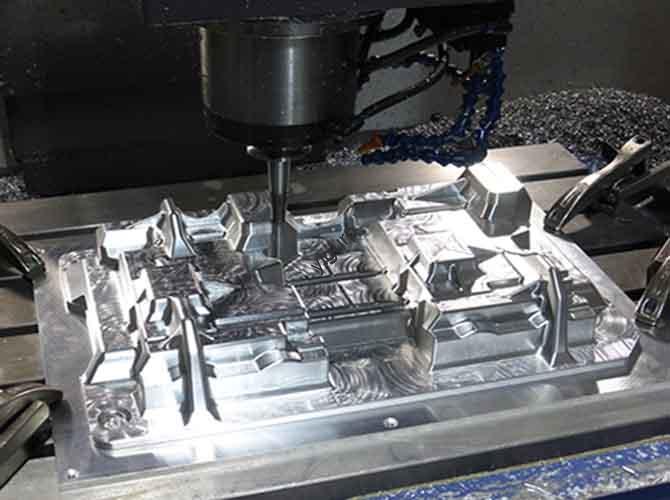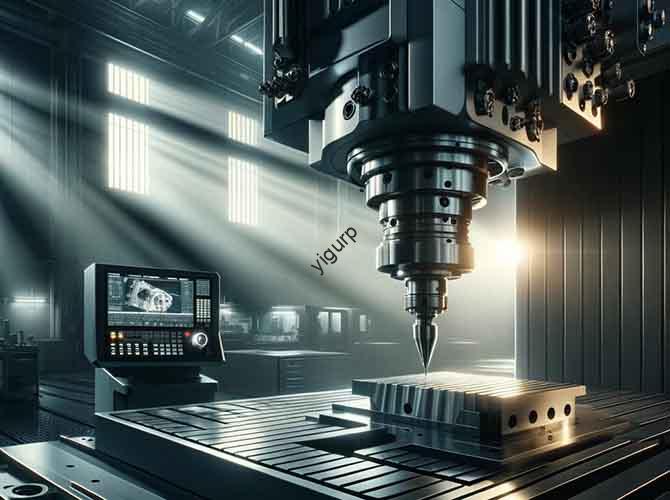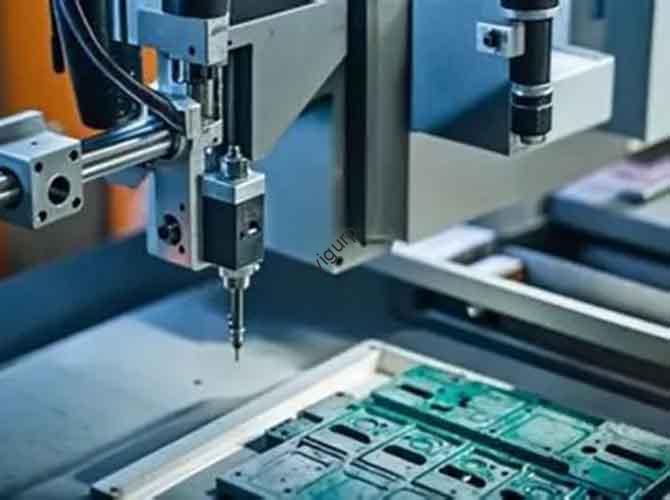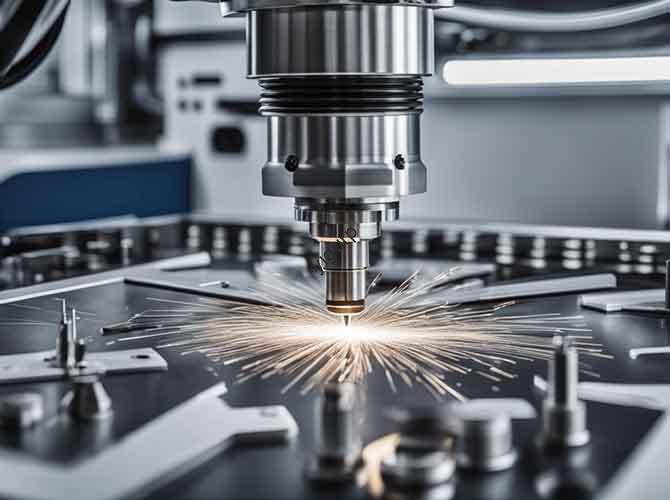What Are the Main Types of Prototypes, y cómo elegir el adecuado?
Types of prototypes refer to the classification of physical models based on production processes, materiales, functions, and uses—each type serves unique purposes in product development, from verifying appearance to testing mass production feasibility. Choosing the correct prototype type is critical for reducing development costs, accelerating iteration cycles, and ensuring alignment with final product goals. Este […]
